Ten Stories of Progress in National Adaptation Plan (NAP) Processes in 2018

As the Intergovernmental Panel on Climate Change special report on 1.5°C makes clear, the impacts of climate change are more clearly being felt. Adjustments to these changes are necessary today and in the future.
More and more countries are defining and addressing their medium- and long-term climate adaptation priorities through National Adaptation Plan (NAP) processes. These processes are essential if adaptation to climate change is to take place at scale.
NAP processes can drive coordination, set policy priorities, mobilize resources, allocate support and track progress in countries’ efforts to achieve their adaptation goals. And since the Paris Agreement requires all countries to engage in adaptation planning and implementation, NAP processes are also vital to making it a success.
According to a recent UN Climate Change report, 91 developing countries have initiated and launched NAP processes so far.
Real progress in adaptation planning and action is taking place in many countries. This article highlights just 10 examples of this progress on NAP processes. It draws upon the work of the NAP Global Network and stories from colleagues from other programs and organizations working to build momentum in NAP processes.
Fiji launches its first National Adaptation Plan document
At COP 23, Fiji articulated their vision for national adaptation planning with a National Adaptation Framework.
At COP 24, after a year of in-depth consultations and prioritizing of actions, Fiji launched its nationally validated NAP document.
“This document provides a clear vision for adaptation and identifies priorities to be addressed in partnership with development partners, private sector entities and academic institutions over the next five years, and beyond,” said Anne Hammill, Director of the NAP Global Network Secretariat, which supported the development of Fiji's NAP process.

Grenada mobilizes finance to implement adaptation in the water sector
Grenada is engaged in a participatory, consultative, Small Island Developing State-specific NAP process that builds on existing policies and strategies.
The Integrated Climate Change Adaptation Strategies project has supported the development of the National Climate Change Adaptation Plan (NAP) for Grenada, Carriacou and Petite Martinique.*
After launching its NAP in 2017, Grenada mobilized more than EUR 42 million from the Green Climate Fund through Deutsche Gesellschaft für Internationale Zusammenarbeit (GIZ) GmbH to implement the Climate-Resilient Water Sector in Grenada program. It will implement priorities identified through the NAP process for the country’s water sector.
*The Integrated Climate Change Adaptation Strategies Project, implemented by GIZ and the Government of Grenada, and financed by the German Ministry for Environment, Nature Conservation and Nuclear Safety under the International Climate Initiative.

Climate-proofing the National Health Development Plan in Benin
Benin's Ministry of Health integrated climate change into the National Development Plan for the Health Sector of Benin (PNDS 2018–2022). The integration of climate change into sectoral strategies—an essential part of the NAP process—was done through the “climate-proofing” tool developed by GIZ. The tool consists of different steps that allow the integration of climate change in sectoral strategies based on scientific data.
This work was done with the support of the project “Science-based support for NAP processes in francophone Least Developed Countries of sub-Saharan Africa” (PAS-PNA).*
“Following the ‘climate proofing’ of the PNDS, the methodology has been successfully used for other strategies in Benin, for example the National Development Plan (2018–2025),” Nele Bünner, head of the PAS-PNA project, emphasized. “This shows the high relevance of sectoral integration of climate change for Benin.”
*The project is implemented by GIZ in cooperation with Climate Analytics GmbH and the Centre de Partenariat et d’Expertise pour le Développement Durable, under the authority of the Ministry for the Living Environment and Sustainable Development. This project is part of the International Climate Initiative. The Federal Ministry for the Environment, Nature Conservation and Nuclear Safety supports this initiative on the basis of a decision adopted by the German Bundestag.
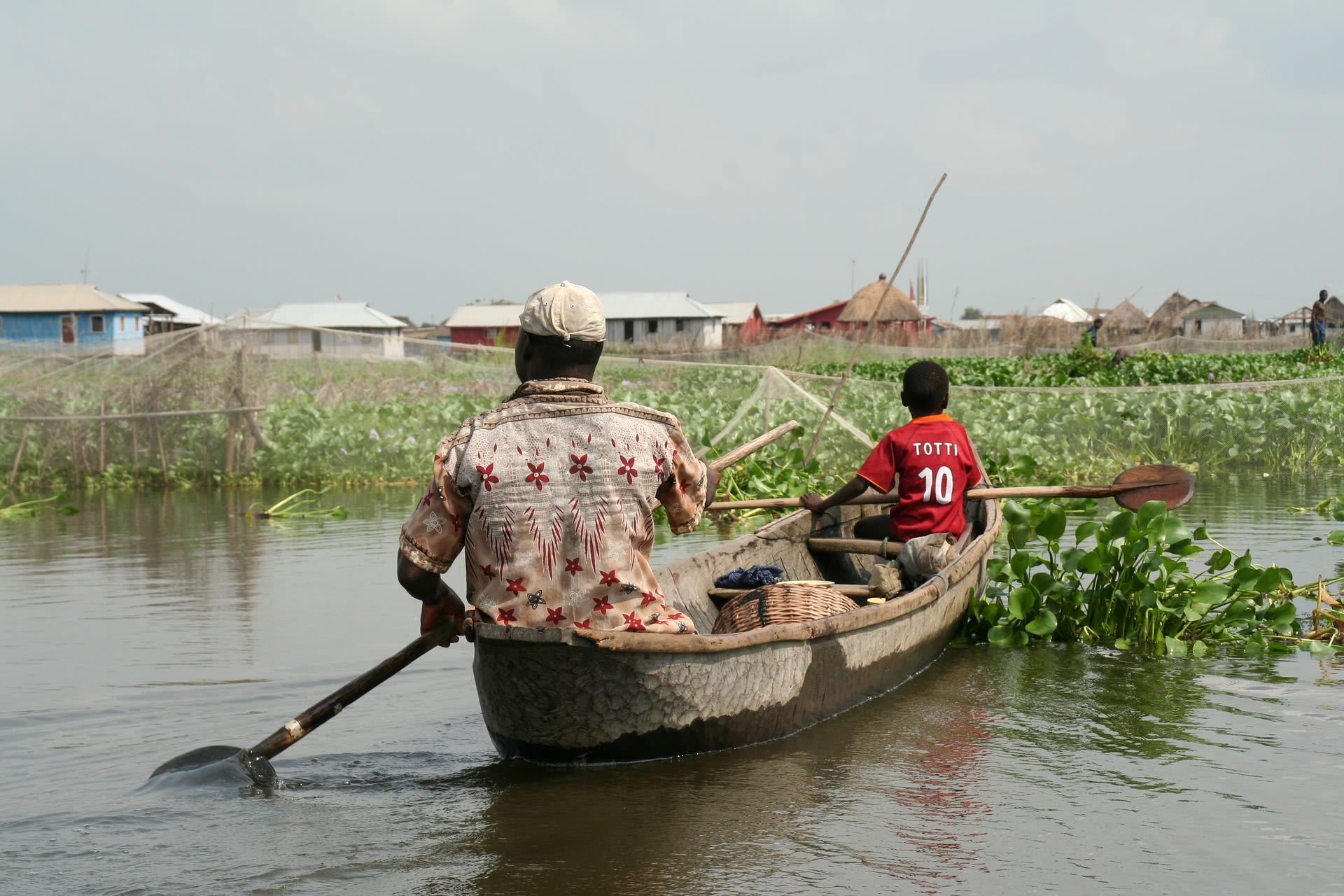
Kenya launches 10-year Climate Smart Agriculture Implementation Framework
As part of their NAP process, the Government of Kenya collaborated with the joint Food and Agriculture Organization of the United Nations (FAO) and UN Development program, Integrating Agriculture in National Adaptation Plans Programme (NAP-Ag) to launch the Kenya Climate Smart Agriculture Implementation Framework.
“A plan is nothing if not implemented; it is only an intention for action. We need to put in time, effort and other resources to implement the document. I therefore urge development partners, the private sector, other UN Agencies, civil society and other value chain actors to support the Ministry of Agriculture in implementing the framework,” said Dr. Gabriel Rugalema, the FAO representative in Kenya.
Rohini Kohli, Lead Technical Specialist on NAPs at UN Development, noted that the NAP Global Support Programme's support for countries' NAP processes "will pave the way for a whole new generation of climate resilience actions. Improved adaptation planning will fuel the scaling up of these broader initiatives, providing the enabling environments requisite for true transformational change."
*The NAP-Ag programme is implemented by FAO and UNDP and is funded by the German Federal Ministry for the Environment, Nature Conservation and Nuclear Safety.
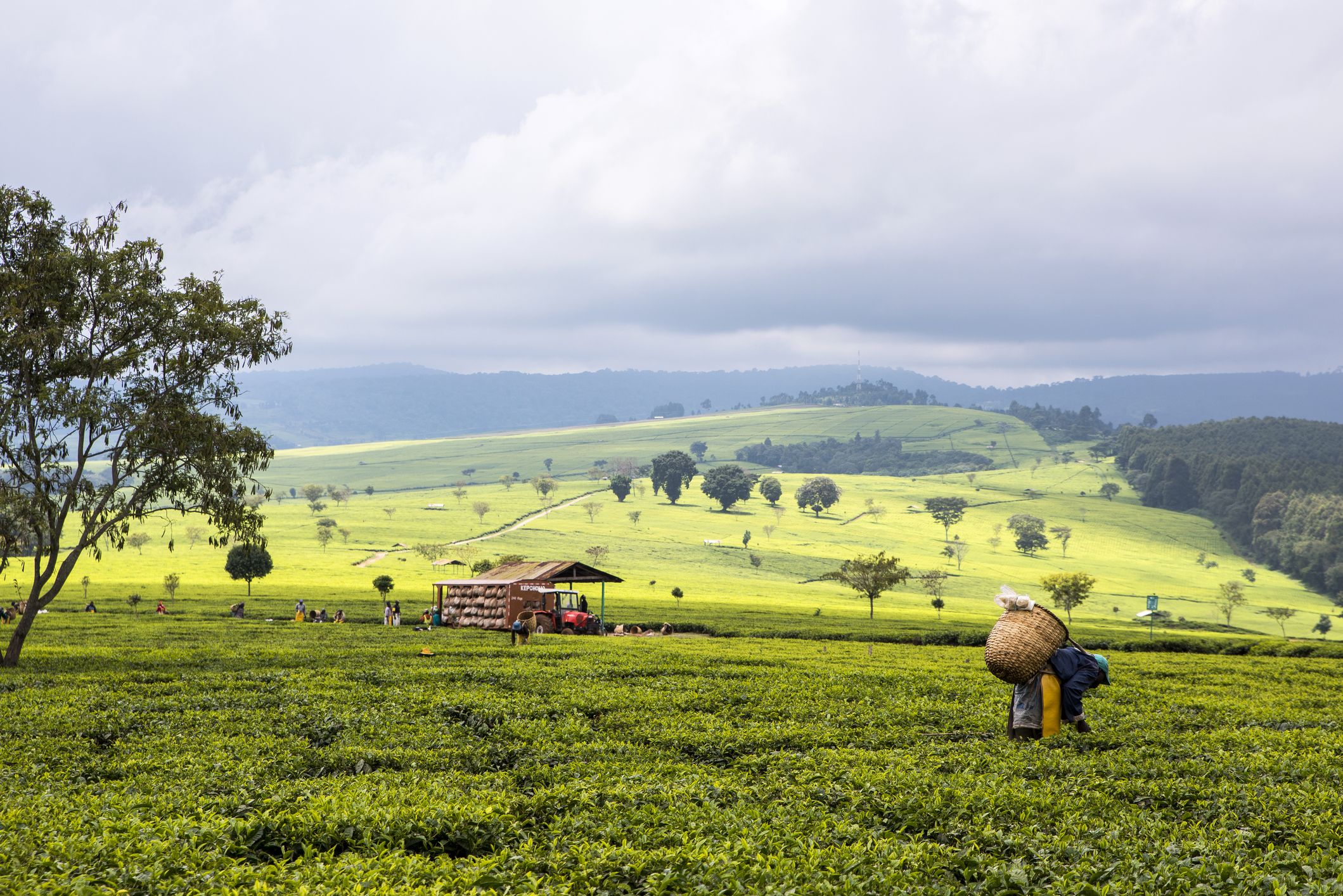
Burkina Faso engages Indigenous Peoples in the NAP process
Burkina Faso ensured Indigenous voices were part of their NAP process with support from the “Science-based support for NAP processes in francophone Least Developed Countries of sub-Saharan Africa” (PAS-PNA) project.
First, representatives of local Indigenous Peoples were trained in climate change adaptation concepts and in how much this relates to their already used practices. The training was conducted by Hindou Oumar Ibrahim, Executive Committee member of the Indigenous Peoples of Africa Coordinating Committee (IPACC). An Indigenous woman from the Mbororo pastoralist community in Chad and an expert for different United Nations conventions, she also introduced climate negotiations to them and explained how the UNFCCC negotiations relate to Indigenous Peoples’ concerns.
Second, climate adaptation strategies and measures that Indigenous Peoples have been using were collected and presented, partly by researchers but, more importantly, also by the Indigenous Peoples themselves.
Third, representatives of local Indigenous Peoples were brought together with representatives from the national government—those responsible for the NAP process—and other sectors for whom Indigenous adaptation knowledge is relevant, such as health, agriculture, husbandry and veterinary medicine.
Nele Bünner, head of the PAS-PNA project, explained: “The work with the Indigenous Peoples and IPACC in Burkina Faso has revealed the rich knowledge of adaptation measures that are out there. Some of them are very effective and relatively low-cost, such as a nutritional block that is given to the cattle during extended dry seasons so that the quality and quantity of the milk stays the same as during the raining season. The ingredients for the block are all from the region. Considering this knowledge and the Indigenous Peoples’ needs in NAPs will diversify, the adaptation options with environmentally friendly measures and improve the livelihoods of a highly vulnerable group.”
Read more about PAS-PNA's support for the Burkina Faso NAP process.
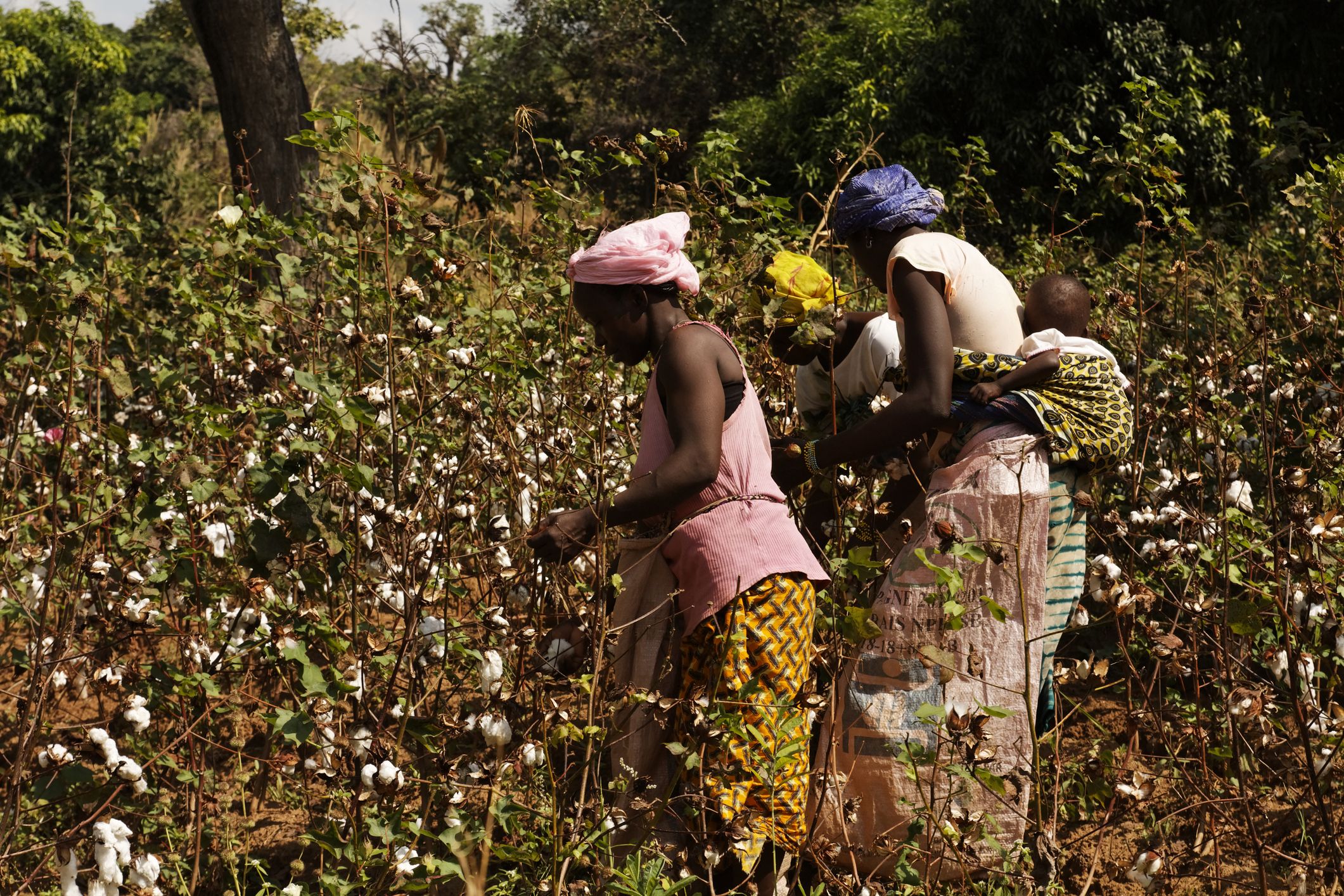
Saint Lucia launches NAP and moves toward implementation in key sectors
The NAP is the key strategic framework for achieving Saint Lucia’s adaptation goals. Saint Lucia's NAP was launched alongside 11 complementary policy documents in April 2018, signalling that the country is ready to move from adaptation planning to implementation.
“The Government of Saint Lucia is committed to climate action,” says Honourable Dr. Gale T. C. Rigobert, Minister for Sustainable Development. “It is no secret that climate change has no barriers. Every sector, community, business, household and individual can be affected by its onslaught. As such, my colleague Ministers and I are all working towards leaving no sector behind.”
Saint Lucia's NAP was developed with the support of UN Development's Japan-Caribbean Climate Change Partnership. The NAP Global Network supported the development of sector strategies and action plans for the agriculture, fisheries and water sectors.

Ethiopia highlights local needs as it moves to implement its NAP process
Ethiopia’s NAP provides an overarching framework for the country’s response to the impacts of climate change. The NAP document recognizes that much of the responsibility for implementation will fall on regional and district-level governments. Given the diversity in climate, ecology, livelihoods and socioeconomic contexts across the different regions of the country, there is a need to engage actors at subnational levels, to identify region-specific priorities among the adaptation options identified in the NAP and to build the capacity of government actors to implement prioritized adaptation actions.
As an initial step in engaging subnational stakeholders in the NAP process, a series of regional adaptation workshops were conducted under the leadership of the Environment, Forest and Climate Change Commission (EFCCC). Participants included key representatives from regional government bureaus, the private sector and civil society. The regional workshops involved two components: technical training on adaptation planning, implementation, and measurement and evaluation combined with a participatory process to identify the priority adaptation options for the region in question. Results of the prioritization processes at the regional level were then discussed in a synthesis workshop that brought together regional representatives and national-level actors to determine the implications for implementing Ethiopia’s NAP. The outputs of this dialogue will inform development of the implementation roadmap for the NAP, which is planned for 2019.
Alongside the regional workshops, EFCCC has been working to translate the NAP into practical guidance for sectoral, regional and district government actors. The guidelines for mainstreaming climate change into government planning and implementation have been updated to align with the NAP and have already been tested in the sectors’ annual planning processes for 2019. This will enable actors across sectors and levels to allocate resources for implementation of adaptation priorities.
Read more about collaboration between national and subnational governments on NAP implementation in Ethiopia.
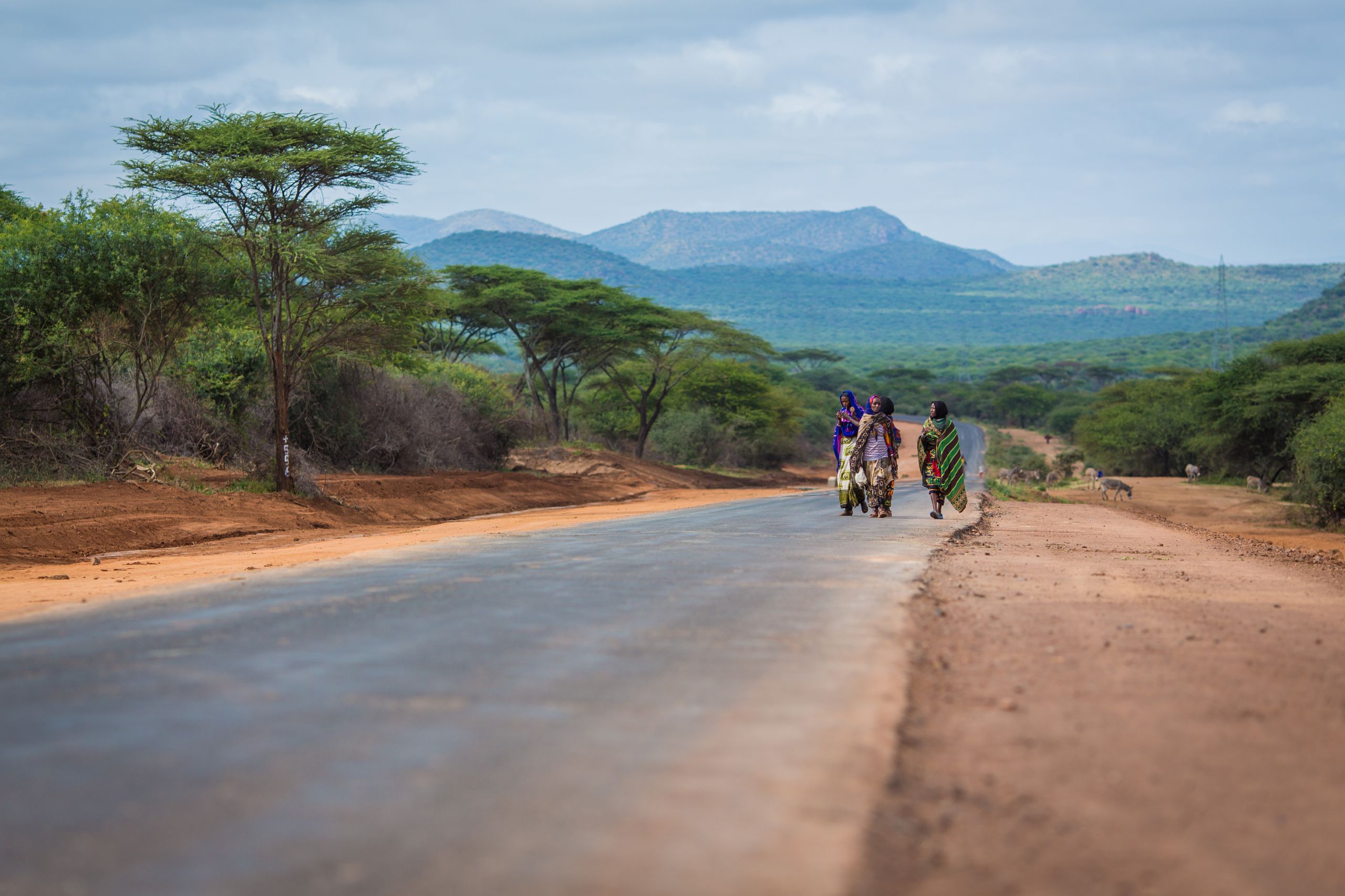
Uganda launches a NAP for the agriculture sector
The Government of Uganda launched its National Adaptation Plan for the Agriculture Sector in 2018, which will guide mainstreaming of climate change into agriculture sector policies, plans and budgets. Launched in December 2018 by the Ministry of Agriculture, Animal Industry and Fisheries, the plan was developed in close collaboration with the Ministries of Water and Environment. Technical support was provided by Food and Agriculture Organization and UN Development through the NAP-Ag program.*
Prioritization of adaptation action in Uganda’s agriculture sector responds to the climate-related changes being experienced in the country. Farmers have been facing productivity losses due to changes in planting seasons and extreme weather conditions like floods, prolonged droughts and unreliable rains, which have become the new normal. There are also new pests and diseases affecting crops, animals and humans. According to the Uganda Bureau of Statistics, agriculture accounts for about 24 per cent of the country’s GDP and provides direct employment to over 68 per cent of the total labour force—most of whom are women and youth.
“l am glad that the agriculture sector is a champion in developing sector specific National Adaptation Plan and mainstreaming guidelines. This will support actions to reduce vulnerability to the impacts of climate change and facilitate the integration of climate change adaptation into relevant, new and existing programs,” said the Minister for Agriculture, Animal Industry and Fisheries, the Honorable Vincent Ssempijja, at the launch.
The NAP for Uganda’s agriculture sector presents 21 priority adaptation options in the key areas of: crop production; livestock production; fisheries management; climate information, early warning and disaster preparedness; forestry, land and natural resources management; and research and knowledge management. The plan presents adaptation actions relevant for the country’s different agro-ecological zones. It will help guide farmers, technical officers and decision-makers on investments that will build resilient communities, systems and institutions as Uganda proceeds to upgrade its agricultural sector.
The plan strongly links to the Government of Uganda’s commitments under the Paris Agreement on Climate Change and the Sustainable Development Goals. Uganda has devoted some considerable efforts to the national response to this global challenge by developing a National Climate Change Policy and establishing a Climate Change Department in the Ministry of Water and Environment to coordinate its implementation.
View this original post here.
*The NAP-Ag programme is implemented by FAO and UNDP and is funded by the German Federal Ministry for the Environment, Nature Conservation and Nuclear Safety.

Uruguay’s Adaptation Dialogues ensure agricultural subsector priorities are recognized in its NAP
The Integrating Agriculture in National Adaptation Plans (NAP-Ag) team in Uruguay organized the first in a series of Adaptation Dialogues. These dialogues will be a key component in formulating the country's NAP. The Adaptation Dialogues are organized following the seven main production systems in the country: dairy, beef cattle, irrigated rice, forestry, horticulture and crop production, and a cross-cutting dialogue that will include discussions on family farming.
These participatory discussions will help key stakeholders in Uruguay collect vital information and better evaluate adaptation options. Results of this work will then inform the creation of public policies and identification of priority action areas of the adaptation plan. The first Adaptation Dialogue was held on April 3 in Montevideo and focused on the dairy production system. Farmers, researchers and technical officers from the Ministry of Agriculture and the National Dairy Institute of Uruguay were all in attendance.
The dialogue drew out consensus that direct grazing of pastures with strategic farm-produced forage reserves used as dietary supplements—with as few out-of-farm inputs as possible—are necessary for effective climate change adaptation. Looking into the future, the dialogue emphasized the key social and economic aspects of dairy production. There was a general view that there is a need to develop production systems that attract younger generations to the farms. There was also an emphasis on the need for financial instruments, including climate risk insurance and funds to help soften the effect of price fluctuations and increased costs of production associated with extreme climate events.
View this original post, including photos, here.
*The NAP-Ag program is implemented by the FAO and UN Development and is funded by the German Federal Ministry for the Environment, Nature Conservation and Nuclear Safety.
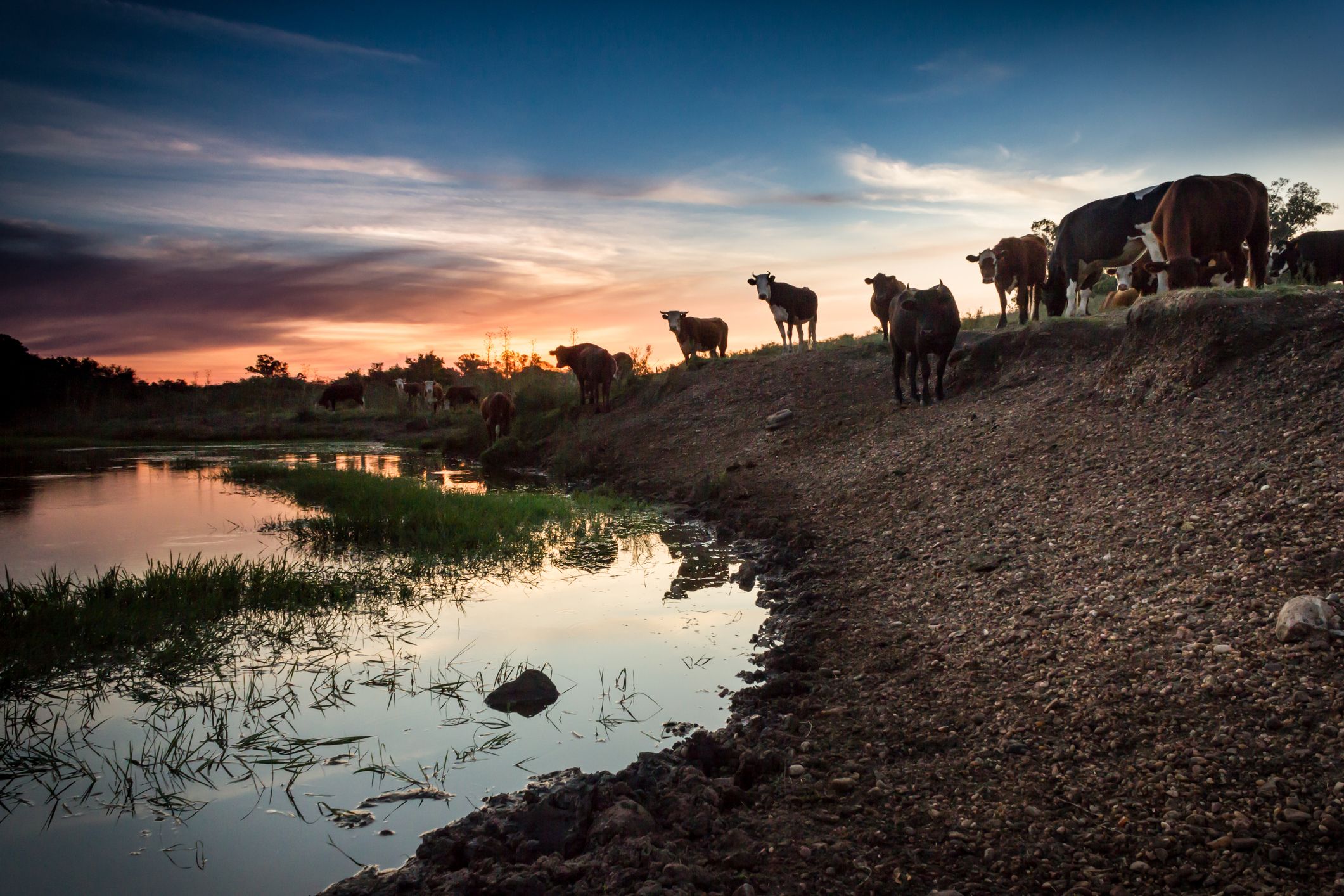
The Green Climate Fund provides finance to accelerate adaptation planning
The Green Climate Fund (GCF) provides assistance for adaptation planning through its Readiness Program, which provides financial resources to help developing countries access GCF and other climate finance sources.
As of November 2018, the GCF's Readiness Program had received 65 proposals for support for the formulation of NAPs and/or adaptation planning processes.
Of these, GCF has already approved 21 proposals, with seven more in the final stages of approval completion, totalling 28 proposals with a combined value of USD 70 million.
Read more about the Green Climate Fund's support for adaptation planning.
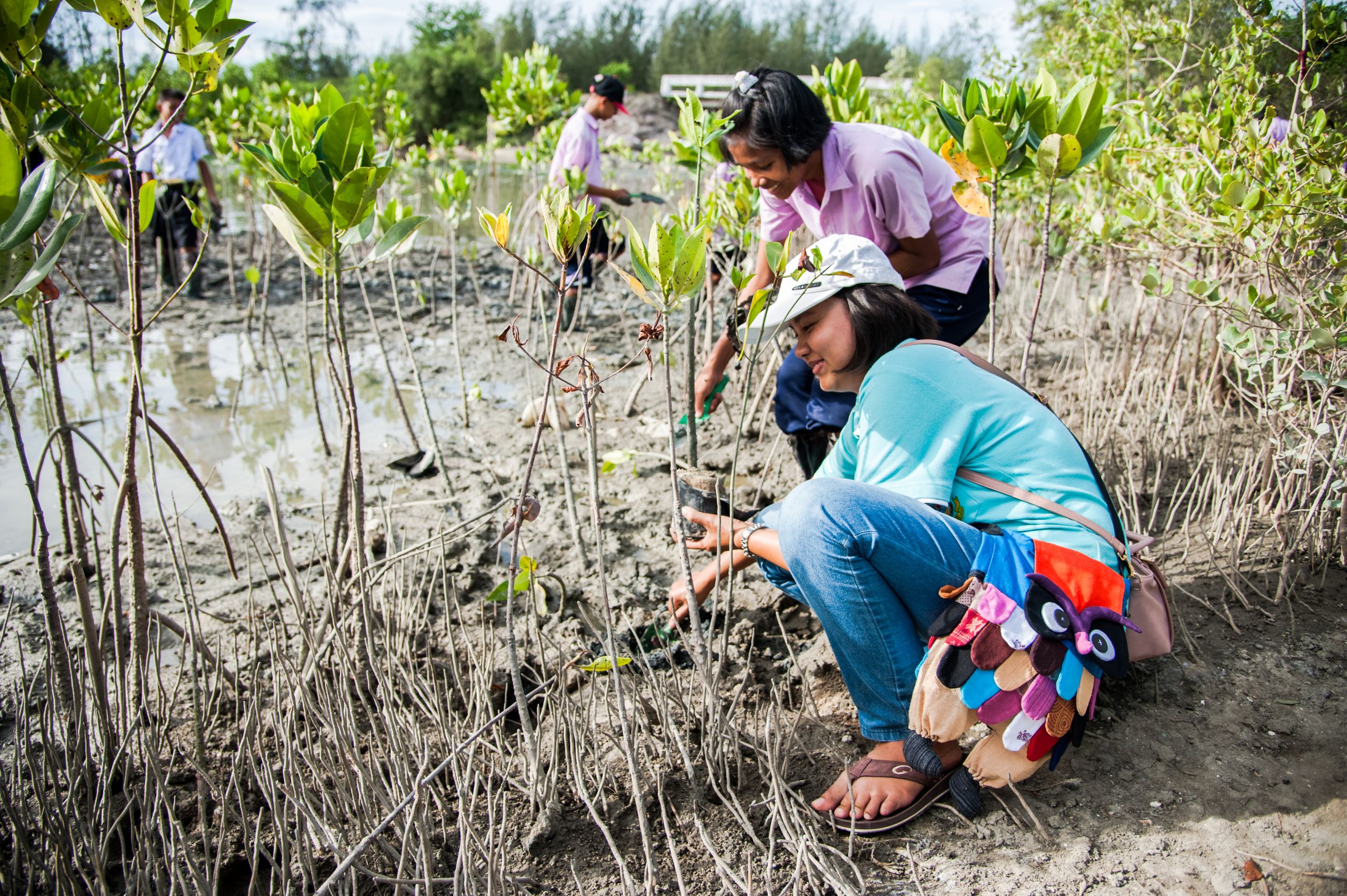
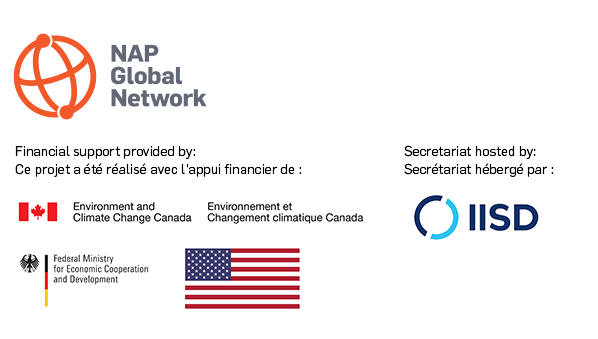
Any opinions stated in this blog post are those of the author(s) and do not necessarily reflect the policies or opinions of the NAP Global Network, its funders, or Network participants.
